Despite being called an iPhone lookalike, the Xiaomi Mi 4 has done pretty well on the market. Xiaomi have always put practicality ahead of on paper specifications, so naturally, the Mi 4 doesn’t have the ‘one killer feature’, say for example a 2K display. To cash in on the popularity, many Chinese OEMs such as No.1, Zeaplus, Doogee, etc. have cloned the Mi 4, with each one offering slightly different specifications from the other. Most of these clones also sell for $100-150, so they’re not particularly ‘budget’, but not expensive either.
Here, we’ll discuss the No.1 Mi4, its pros and cons. You might have heard of No.1 before, they’re a company notorious for making clones of quite a lot of popular devices. The No.1 Mi4 sells for around the $150 mark, and has the usual specifications of a budget quad-core. Most phones with the specifications sheet of the No.1 Mi4 can be had for under $100, but the No.1 Mi4 promises some great build quality. Let us see if it lives up to the promises in the No.1 Mi4 review!
TL;DR
Specifications
[table id=186 /]No.1 Mi4 Review: In the box
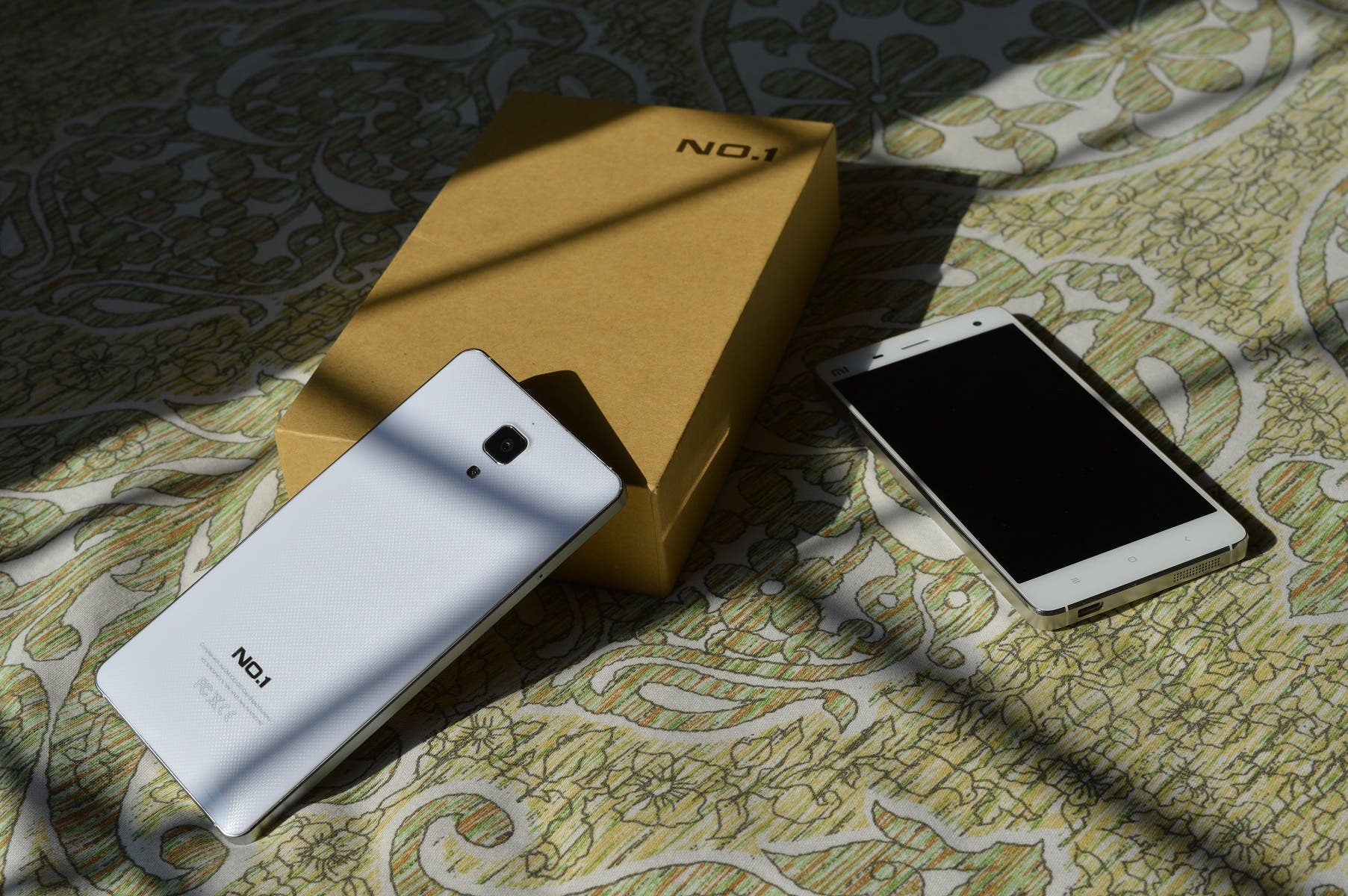
In the Xiaomi inspired retail box of the No.1 Mi4, you get:
- the No.1 Mi4 smartphone
- 1x screen protector
- 1x charging adapter (rated 5.3V 1A)
- 1x micro USB to USB data/charging cable
- 1x user manual
- 1x SIM tray ejection tool
No.1 also ship another box with some accessories including another screen protector and a couple of cases, but for some reason our sample did not come with this accessory set.
No.1 Mi4 Review: Build and Design

Right of the bat, it is virtually impossible to distinguish the No.1 Mi4 from the original Xiaomi Mi 4. But once you take the device in your hands, you’re very much able to tell in between the devices. Make no mistake, the No.1 Mi4 is made up of some good quality material, but like we discussed in the hands-on post of this one, the way of putting these materials together isn’t as sophisticated as it is on the original Mi 4.

The phone has a reassuring feel to it, thanks to the metal frame around it. Like the Xiaomi Mi 4, the power and volume keys are laden in metal; however, at least on the unit we tested, there was a lot of play on the power button which brought down the experience by a bit. Everyone loves to have a nice and ‘clicky’ button, especially when it’s the power button we’re talking about – it’s going to be pressed all the time. This was clearly a manufacturing defect than a standard, but we thought it was worthy of being pointed out.
Another thing that we didn’t particularly like was the SIM tray. Again, it is made of metal and all that, but once you stick a SIM in it, pushing it back into place it quite a task. It took us quite a while before realizing that there was an offset of a few mm that had to be made up by force to put the SIM tray in its place.

Like the Xiaomi Mi 4, the No.1 Mi4 too has a notification LED right below the capacitive buttons. There’s again misalignment here — the capacitive buttons are slightly skewed towards the right side, while the notification LED seems to be in its right place. Of course this doesn’t have any functional implications, but then it does leave a bit of a bad taste. Speaking of the notification LED, funnily enough, it lights up each time the capacitive buttons light up. We’re not sure if this is a software error or its plain backlight bleeding, but other experiences (about which you shall read soon) make us believe it’s the latter.

The device suffers from a lot of light bleeding, but thankfully none of that reflects on the screen (which is surprisingly good). Light bleeding was experienced in the following areas:
- through the speaker grill: the screen doesn’t appear to have a gasket to prevent light leaks. This means that the backlight is visible in certain areas through the speaker grill.
- right edge of the chassis: again, lack of a proper gasket means there’s a slight bit of light that peeps through near the volume buttons.
- rear of the phone (notification LED light leak): this one’s new. The notification LED seems to be pretty strong on this one, which is why the light from the LED can be seen pass through the rear of the phone!

Also, the phone feels a couple mm thicker than the Xiaomi Mi 4.
No.1 Mi4 Review: Display
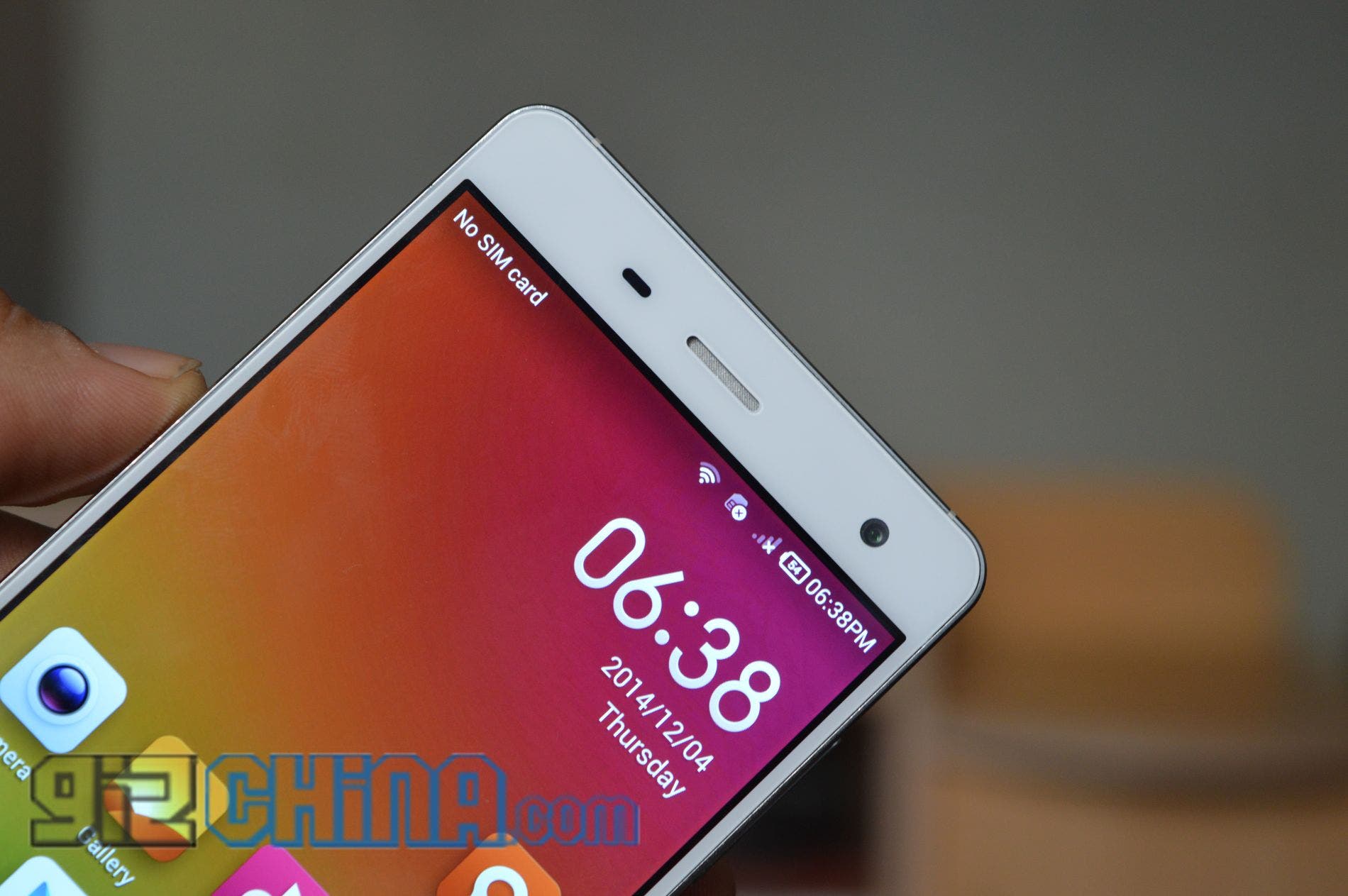
No complaints here… almost. The No.1 Mi4 uses a 5-inch 720p display, which in itself, is a very good quality panel. The panel is bright enough — in fact, extremely bright — so that usability outdoors is no problem whatsoever. However, this comes at a price — the display is, at times, brighter than you would want. A common solution to this problem is this awesome app we know as Screen Filter; however, it does not work with the No.1 Mi4 for some reason. This most certainly has to do with the software running on the No.1 Mi4, which is Android KitKat forked so much that it’d pass off as original most times.
That being said, although the display is a treat to look at most of the time, things do go southward a bit if you’re a lover of natural picture. The panel is quite a bit on the cold side, which means there’s a fair bit of blue which you have to get used to in order to start liking the No.1 Mi4’s display. This is exaggerated whenever the phone is kept next to another, perhaps a more expensive phone… or for that matter, the Xiaomi Mi 4 itself.
While you can’t really complain about the panel’s quality much keeping in mind the price, this is definitely something that can bother a majority of the users, especially those that tend to have a lot of inertia associated with their phones.
While the light leak through the right edge isn’t the consequence of a faulty display panel, it does amount to a bit of a bad experience, especially in the dark. A light leak from the chassis of the phone isn’t something that enriches the experience when you’re in bed, watching the last YouTube of the day.
No.1 Mi4 Review: Camera

Lately, we’ve seen quite a lot of phones from China that are made to look extremely good on paper, but fail to disappoint in real life. This usually includes a fairly crappy camera that is waste of time and labour and material except when you’re in the sunniest of surroundings. These fail to focus well, have a crappy dynamic range and are painfully slow. Thankfully, the No.1 Mi4 isn’t any of that.
Although the sensor on the No.1 Mi4 is far from the standards set by the Xiaomi Mi 4’s 13 mega-pixel shooter, it does take some decent photos. Having a lot of light certainly helps though, but that’s the case with almost every other smartphone camera out there. Something that can get annoying though, is that the No.1 Mi4 uses the same camera sounds as its inspiration, but it constantly (in the literal sense!) tries to find focus. This results in a very frustrating experience most often, with the phone constantly beeping.

Once you do get used to it though, it gets better. You’re now able to take nice snaps, with an amazing ability to take macro pictures. This is something we’ve noticed on a lot of Chinese phones… the ability to take macro shots is generally better than other mainstream phones.
During the time we spent with the phone, it was general consensus that it be used in HDR most of the time. HDR on most budget phones like this one isn’t as exaggerated as it is on other phones, and therefore usable in more situations.
Unfortunately though, the camera is near unusable in completely dark conditions. This is perhaps the result of flash not synchronized/targeted on the right place, but whatever it is, the final outcome isn’t a pretty sight.
Take a look at some samples from the camera, in both HDR and non-HDR, and then in the dark.
No.1 Mi4 Review: Performance, ROM & UI

Where do we begin about the ROM. No.1 have not only cloned the Mi 4, but they’ve done a mighty fine job at reproducing the MIUI ROM itself. The UI is a straight lift from MIUI V5, which many of you Xiaomi users might still have running on your phone. The system includes some actual MIUI apps, for example the cleaner app, messaging app, gallery app, file explorer and more. You have to give it to No.1 to actually making the No.1 Mi4 feel like a Xiaomi phone, not only look like it.
Needless to say, the launcher is straight from MIUI as well. It works very well with the MediaTek MT6582 SoC on the No.1 Mi4, which is perhaps the result of Xiaomi trying to optimize the launcher for its express package (which is also available on Google Play).
Thanks to Xiaomi’s effort into making MIUI, the No.1 Mi4 doesn’t really feel like a $150 phone most of the time. It is only when the bottleneck of having just 1GB RAM comes into play that you realize it is a budget clone, not a flagship from the previous year.
You’ve got the gist — it’s a lovely UI and stable ROM, but we’re not giving the full credit to No.1 for this for obvious reasons. Things like higher-than-average brightness at the lowest setting and a resource-heavy ROM take two points off from what is otherwise a very usable setup.
No.1 Mi4 Review: Battery
Battery life on the No.1 Mi4
The official No.1 website lists the No.1 Mi4 to have a 2250mAh battery, while reseller stores have it listed with an 1800mAh one. As a general rule, we’d like to go with the lesser of anything, when there’s more than one number listed for the same spec — 1800mAh in this case. Regardless, it is the real life performance that matters, which is what we’ll discuss here.
The phone can take you through one day of usage, on an average. We’ve seen this on a lot of MediaTek MT6582 powered phones, and the No.1 Mi4 is no different. Screen on time can vary between 3.5 hours and 4.5 hours, depending how and when you use the phone. In this case, the phone was used as a primary device, which means there’s always a lot of data syncing going on thanks to the sheer number of accounts one has on various platforms these days.
A screen with possibly lower brightness indoors could probably help, and this is something we’re hoping comes with future firmware updates from the company.
Bear in mind though, if you’re one of those users that switch to 2G networks when not making use of your data plan, the No.1 Mi4 requires accessing a special menu. To do that, download the ‘MTK Engineering Mode’ app, and click on Android Settings – Phone information and then select your preferred network type.
No.1 Mi4 Review: GPS Performance
Outdoors
There’s a general conception that MediaTek powered phones lack proper GPS functionality. It is only a myth, and you know it — it all depends on what peripheral hardware the phone manufacturer supplies.
Indoors
In this case, we’re happy to report that GPS works very well. Outdoors, the No.1 Mi4 found a 3D fix in mere 5 seconds, accurate up to 11 feet. Indoors, it took a little longer (15 seconds) to find a 2D fix, and then soon a 3D fix with accuracy of up to 17 feet.
No.1 Mi4 Review: Other
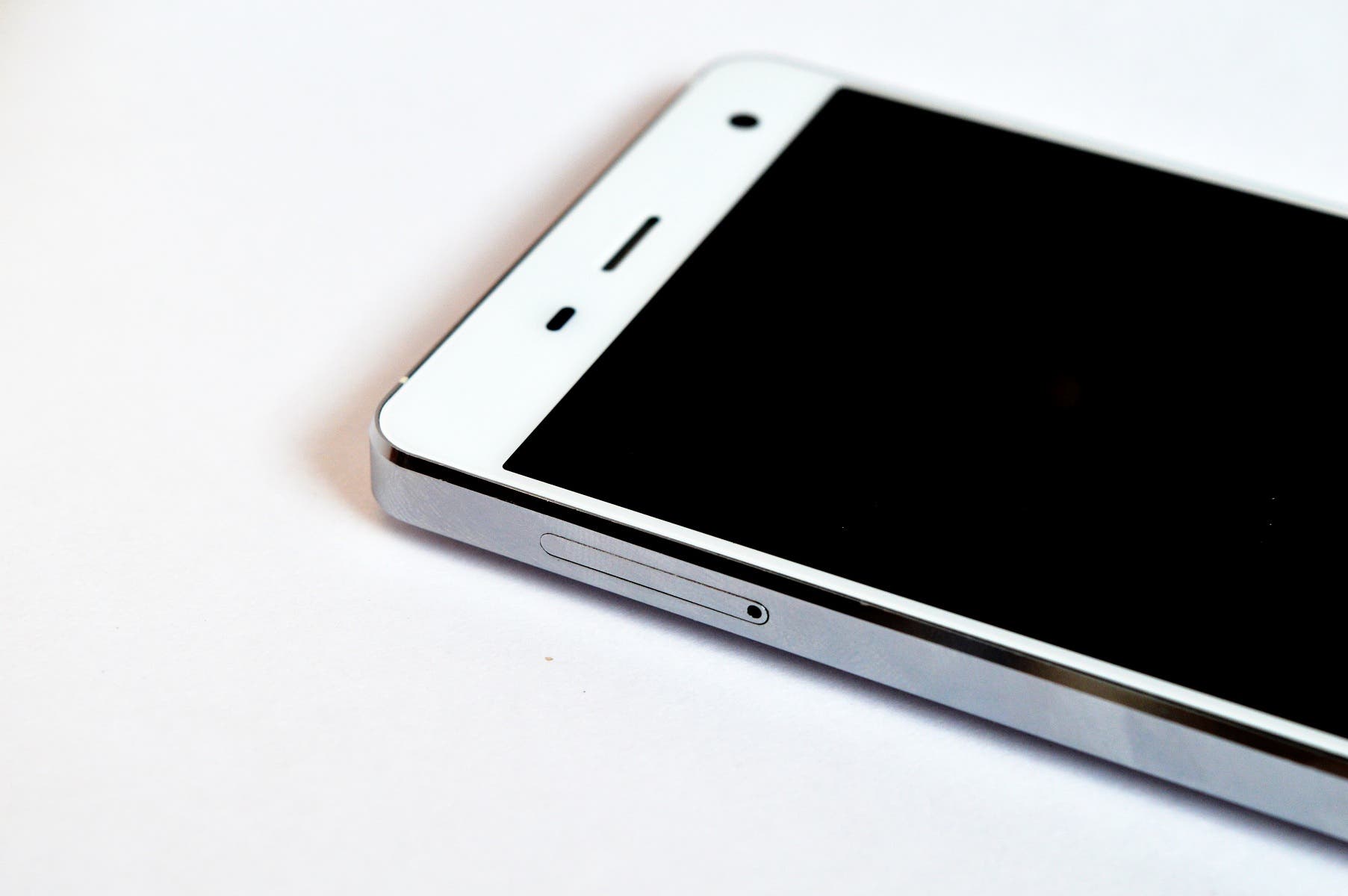
There are a few other things about the phone that need mentions. This includes the IR Blaster — we have not been able to make it work yet. We’re pretty certain it’s a software problem, because we’ve been testing the No.1 Note 4 too lately, and the IR blaster on that one works pretty flawlessly (in fact, better than the Xiaomi Mi 4). So, we hope No.1 release a fix for this soon.
Moving on, we really like the vibration motor No.1 have used on the Mi4. Most budget phones, let alone the cloned ones, come with super crappy motors which have a low frequency, making the entire phone rattle when they go off. On the other hand, the vibration motor used on the No.1 Mi4 is precise and high-frequency.
The notification LED, as we spoke earlier, is leaves a lot to be desired. It appears as though the LED works only in digital mode, i.e., it is either on or off, no fading to its peak brightness and then going down. Doesn’t have a functional effect, but a dimming/fading effect on a notification LED always makes it look better. Also, like mentioned earlier, it can be too bright at times.
We’ve spoken plenty about the display, which is nice and bright. However, the digitizer doesn’t seem to have any sort of an oleophobic coating. In other words, the screen is a fingerprint magnet. Again, no functional consequences but it just doesn’t feel great to look at a smudged panel.
There’s an apparent lack of attention to detail, which sort of takes away an otherwise exceptional build quality experience. This includes a power button that suffers from a lot of play (and lack of feedback), and general offsetting in putting together the phone — all of which we’ve mentioned in the build section.
No.1 Mi4 Review: Verdict
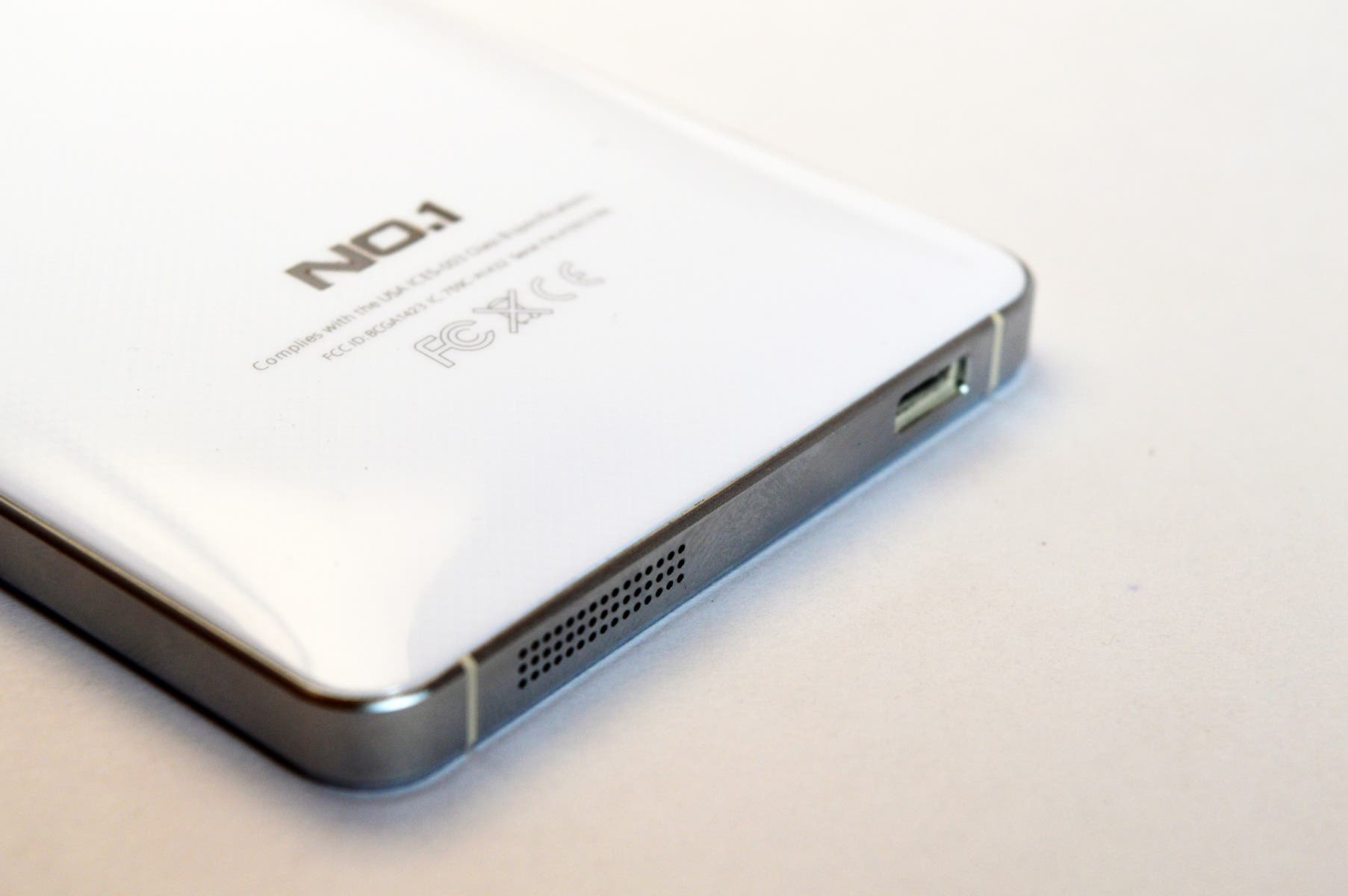
The No.1 Mi4 is a surprisingly well built phone, but you realize it’s a clone as soon as you’ve spent a couple of minutes with it. Speaking about the phone per se — disregarding the fact that it is a clone — it is well worth the $150 price tag (or thereabouts). You get a phone that looks decent, performs well and is built like a tank. It does have its moments when you compare it with other MT6582 phones out there, but for that you pay about $60 on top (other MT6582 phones are now around $90 or lower).
A welcome feature is the software, which is closer to MIUI than you (or Xiaomi) can imagine. However, like we’ve said before, this does take a toll on the hardware more often than not — there’s a limitation of just 1GB RAM.
In general, the No.1 Mi4 has impressed, like almost the entire comradeship of Mi 4 wannabes. We’re now hoping to see software updates, albeit infrequent, from No.1.
You can find more information about the No.1 Mi4 on the official website. The device can be bought from resellers such as CooliCool for around $150.










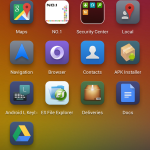
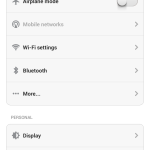
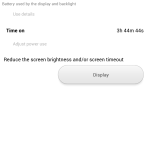


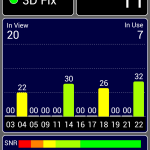

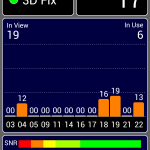




1gb is too low for miui
The Redmi 1S runs MIUI just fine. Also, since this isn’t real MIUI, it isn’t nearly as optimized as the ROMs on Xiaomi phones.
I run MIUI on the Nexus 7 (2012) and previously the Redmi 1s both with 1GB of RAM and I have never had a problem on either.
Sounds like the Doogee DG850 Hitman is the better killer! Or?
Unfortunately the DG850 is at our Germany office while this is with me here in India. No way to compare both directly, but you get the gist from the reviews of both. From what I make of the DG850, it has a better camera and rear touch (if you care about that) in its advantage. On the other hand, the No.1 Mi4 has better GPS… so what’s better really depends on what you are looking for.
The battery is way too small. Why are these clones bad when it comes to battery, cpu and ram? It’s not that hard to get better hardware
No. 1 could easily offer this with 1080p, MT6595 and 2GB of RAM but what would be the point of that? It would cost the same as the real Mi4 and not many people are going to pay the same for the knock off. They use lesser components to keep the price down as low as possible but still give it respectable performance.
I actually bought one of these because clone phones always interested me and I have the real Mi4. It is the closest clone I have seen to matching the original. As far as the battery goes I get a full day on a charge with light gaming (cookie run!!) and normal daily use. For $130 that I paid I have no complaints with this and it makes a good backup phone if I ever need one.
balcobomber25, now after a long time you’ve acquired it, you still think the veredict is a good phone? Because I’m soon receiving one, and i want to know if the phone have a good build quality.
@yash3339:disqus
I always wanted to ask you guys… which is the program you use in your reviews to test GPS? I keep seeing it but since I’m a newbie with progs that test phones, I don’t know it.
It’s an app simply titled ‘GPS Test’: https://play.google.com/store/apps/details?id=com.chartcross.gpstest&hl=en
Thanks!
the link to coolicool is unavailable, Dear Andy.
http://www.coolicool.com/no1-mi4-mtk6582-13ghz-quad-core-50-inch-ogs-hd-screen-android-44-3g-smartphone-g-35164